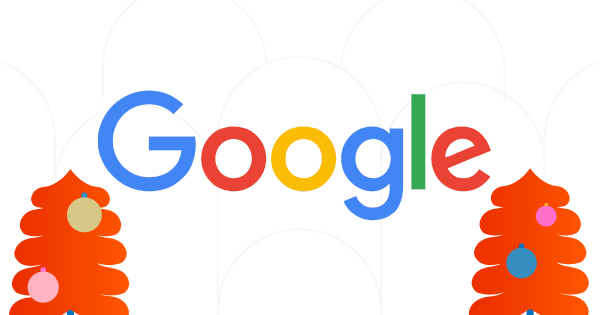Google is rolling out new tools for advertisers to get in front of shoppers as artificial intelligence reshapes the upcoming holiday season, the company announced today.
One of the most notable parts of Google’s announcement is the ability for advertisers to turn on AI-driven search ads through AI Max. AI Max is now available globally in beta, which promotes products alongside AI search summaries rather than simply responding to specific search terms.
That means that brands brands can appear in complex, multi-intent searches, explained Dan Taylor, vice president of global ads at Google, during a press event outlining the new suite of tools.
For example, say someone types “how to decorate a small apartment for the holidays” into Google. The AI summary might include space-saving and DIY tips, but it also might suggest a set of miniature lights for a table-top tree, Taylor said.
“That creates a commercial opportunity that wasn’t necessarily inherent in the initial query,” he explained.
Google also added new tools to YouTube, letting advertisers optimize campaigns based on channel—i.e. online, in-app, or in-store—and promoting in-store specifically with local offers. YouTube masthead display ads are also now shoppable, letting brands promote specific products in that ad slot.
The company also announced generative AI tools will also let advertisers build or change product imagery within its asset and product studio platforms. Merchants using Google’s product studio can now change the image backdrop of a group of products all at one time, for example. In the next few weeks, advertisers will also get access to Google’s text-to-image model Imagen 4 to build campaign assets in Performance Max and Demand Gen.
Additionally, Google added new loyalty-focused features in Performance Max and Standard Shopping, letting brands set retention goals and give loyalty members perks like lower prices or shipping benefits.
“Most of these innovations didn’t exist at any form a year ago,” noted Taylor. “That’s why we’re doing these events in the middle of the year, as opposed to just one time a year, because we’re having to iterate and launch new things so quickly.”


